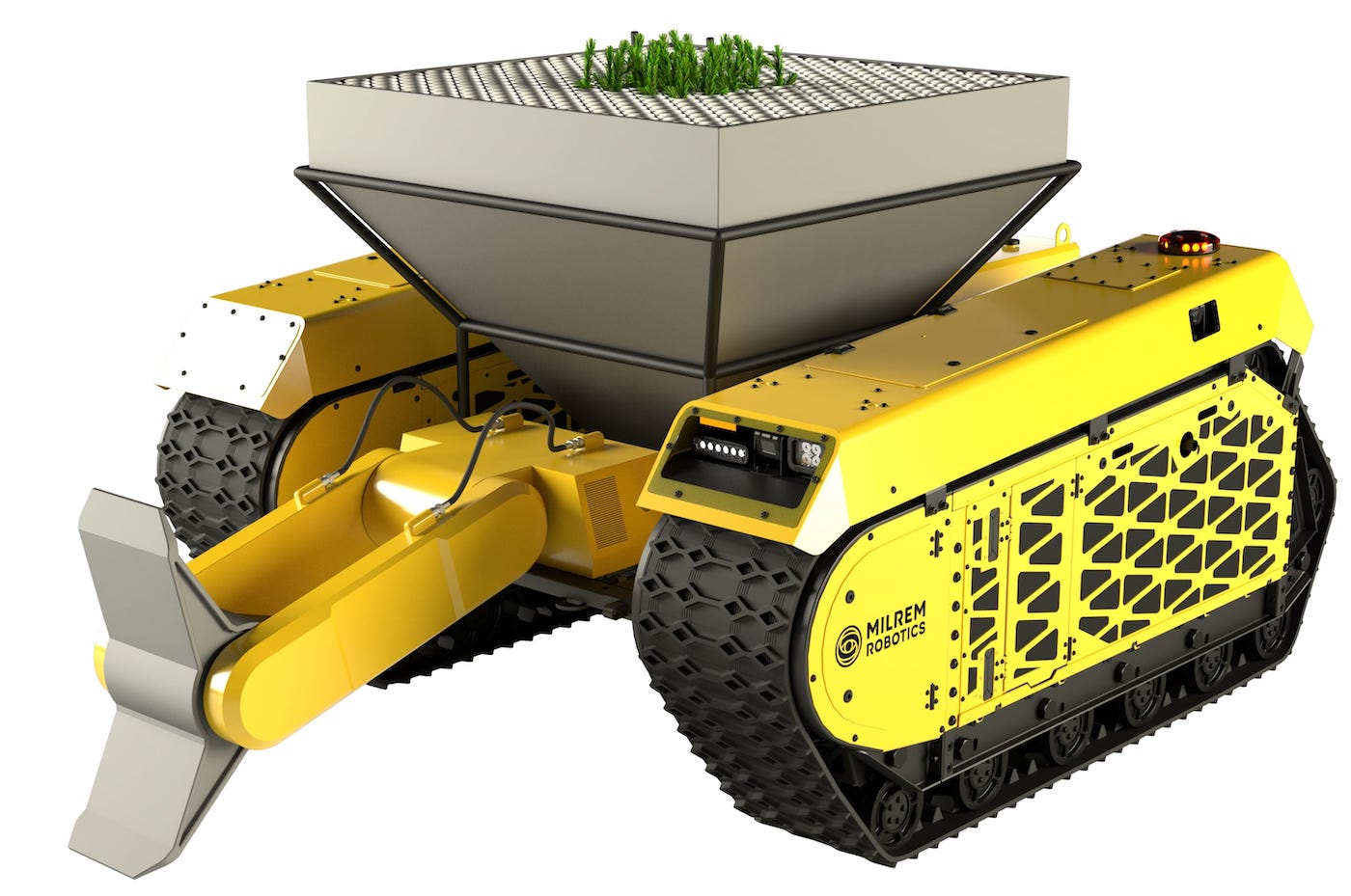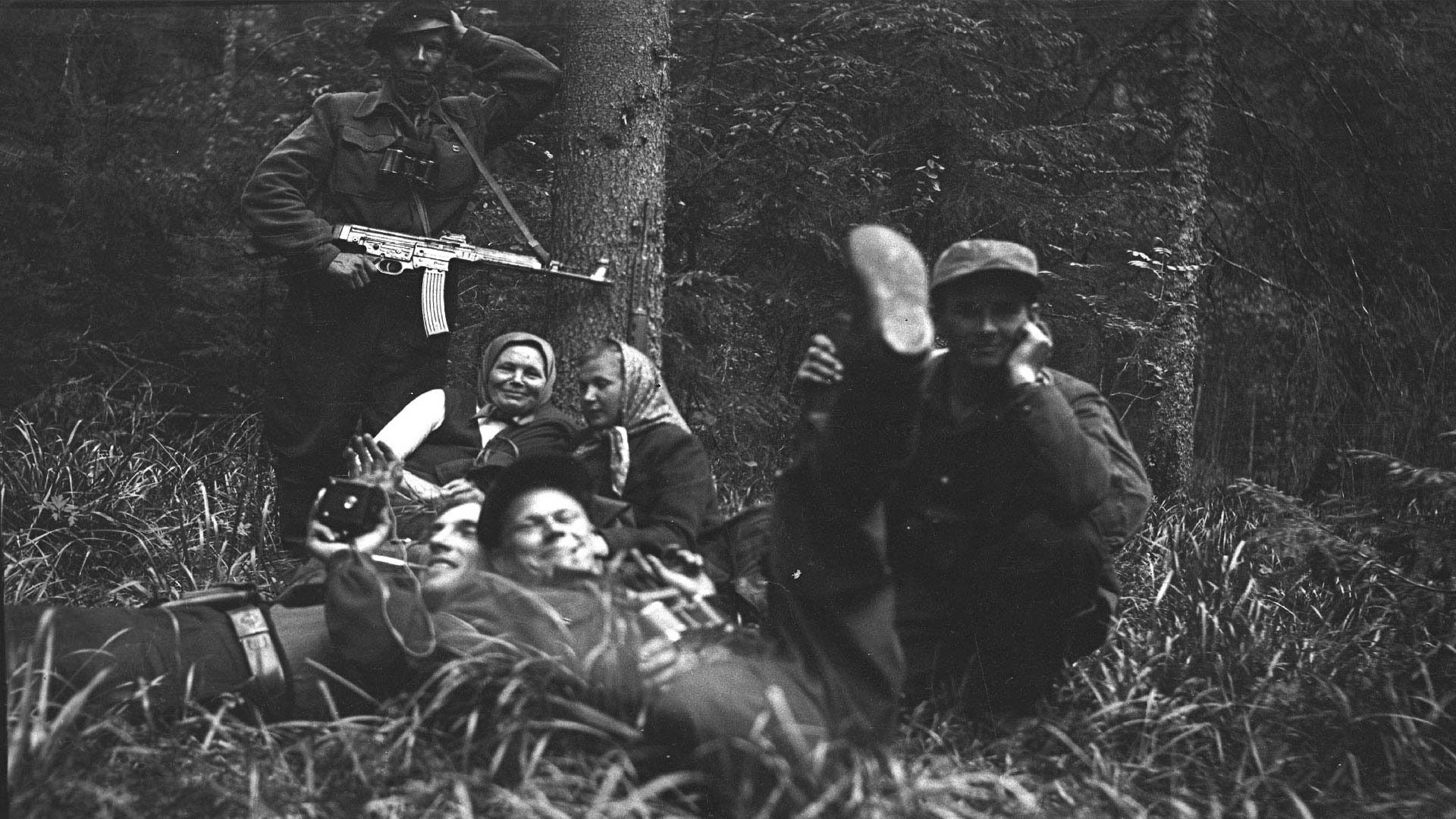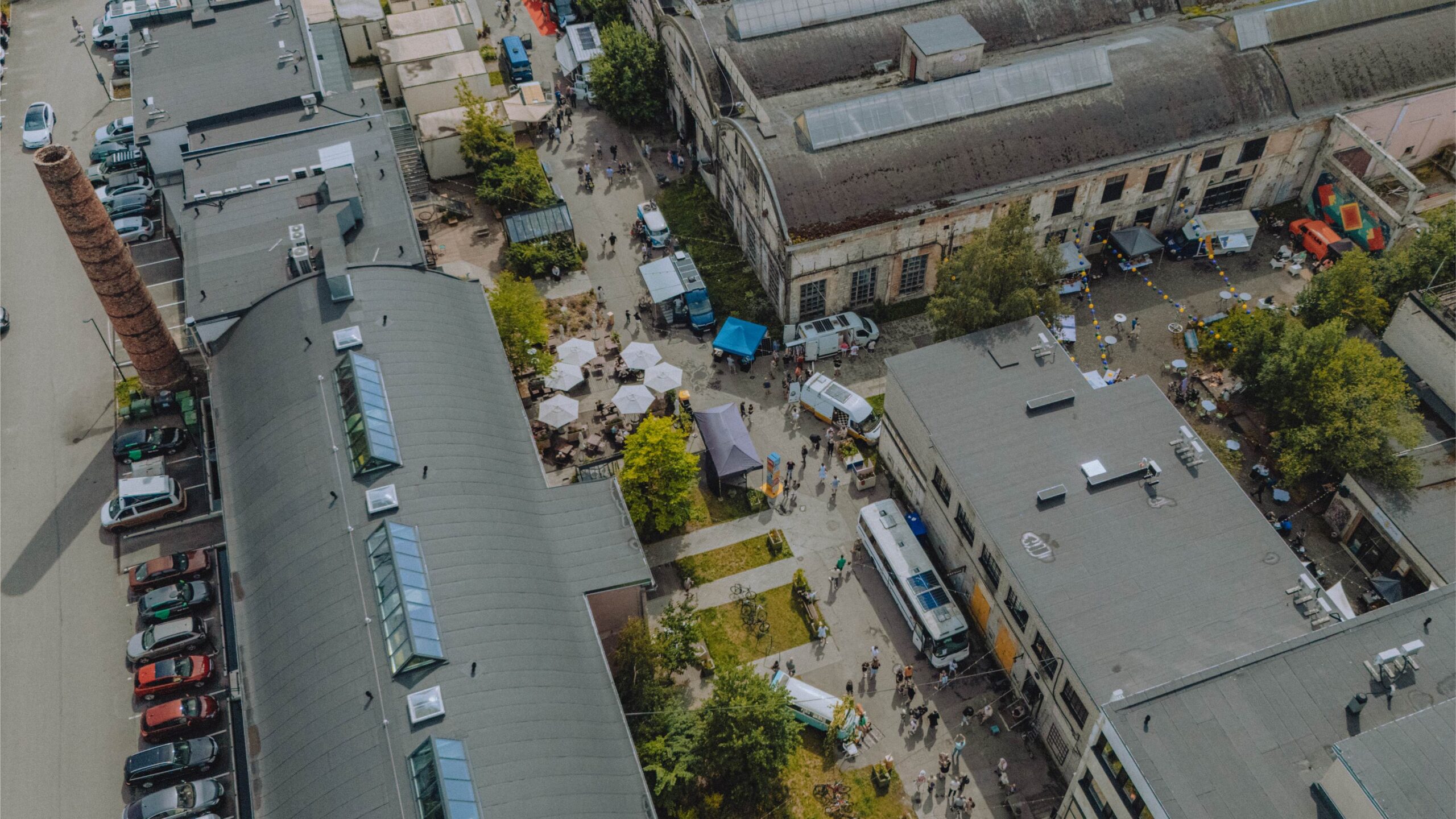Communicating with and working alongside a Planter would be a Multiscope Forester Brushcutter that cuts plant matter around the seedlings to improve their chances of growing successfully. The vehicles can watch for obstacles with light detection and ranging laser sensors and high resolution cameras. These features have been developed together with the University of Tartu.
Milrem Robotics is a “spin-off” company of what was Milrem LCM (now Milworks OÜ), founded in 2013 by Kuldar Väärsi. Milrem Robotics is also known for their defense technology. One of their designs is the THeMIS UGV (unmanned ground vehicle), which is used by the Estonian Defence Forces and the Royal Netherlands Army to assist infantry as a flexible vehicle with weaponry or cargo carrying power.
According to Milrem Robotics and their Science and Technology Director, Mart Noorma, “99% of trees are planted manually… Using vehicles with intelligent functions would alleviate the labour force problem, cut down costs and create more high value jobs.” This all sounds ideal. Plus, in principle, trees produce oxygen, nurture biodiversity, and reduce the erosion caused by surface runoff of precipitation.
However, for all that we hear in favour of tree planting, how it absorbs carbon dioxide for instance, a slew of publications over the past few years have criticized tree planting as a strategy to counteract environmental damage. Planting the wrong types of trees can result in organic waste that local microorganisms cannot process. Sourcing only one type of tree could create a monoculture that exhausts soil nutrition and may even cause more erosion by competing with ground vegetation. Planting in places that are not naturally forested, such as wetlands and prairies, unnecessarily changes the habitat of resident animals. This is a prickly talking point when organizations mean well. Tree planting isn't a blanket solution, but whether planted by humans or robots, certain technical points need to be kept in mind.
One thing to consider is that robots like these could plant trees in order to alleviate the devastation caused by wildfires that have raged through places like Canada's west coast or the Australian Outback. The hope, then, is that these robots will be programmed to plant a variety of local tree species in genuine forest areas in moderate quantities, to complement each ecosystem's true qualities.
Milrem Robotics' machines are also able to serve as firefighters. Imagine if they were first on the scene to help put out wildfires before they got out of control. On an economic level, Planter robots could work within the wood sectors of countries around the world, planting as workers cut trees for lumber or pulp and paper.
If used right, these machines of the forest could be a highly efficient way to support forests just like we are supported by them.
Written by Vincent Teetsov, Toronto




